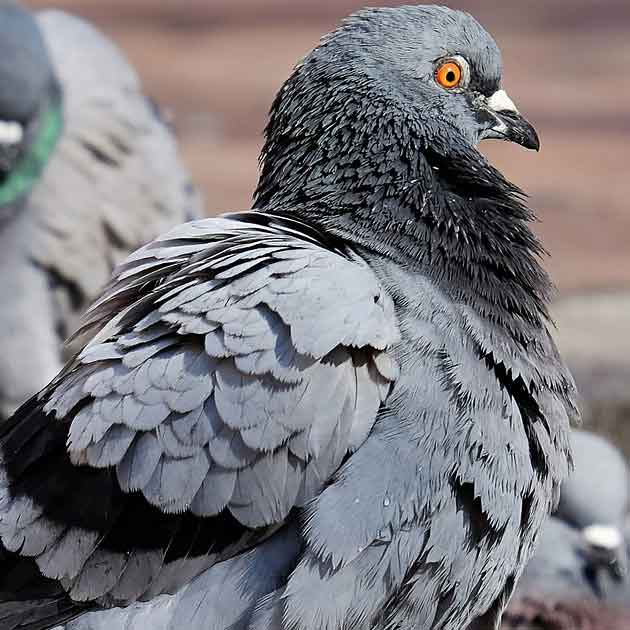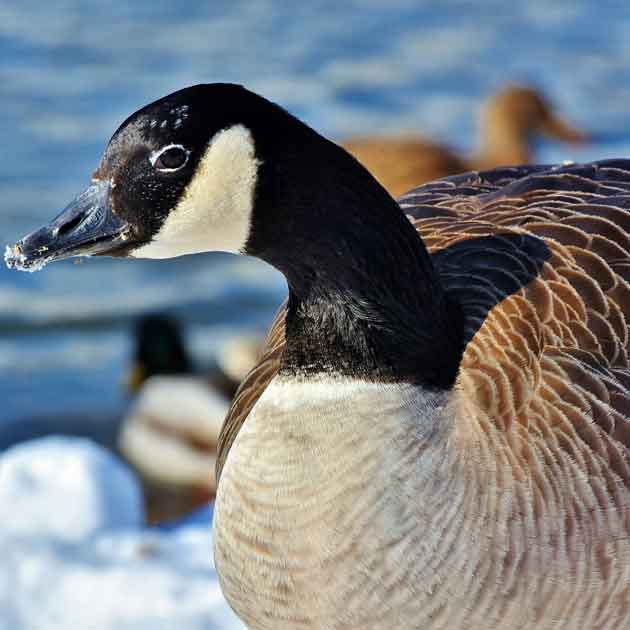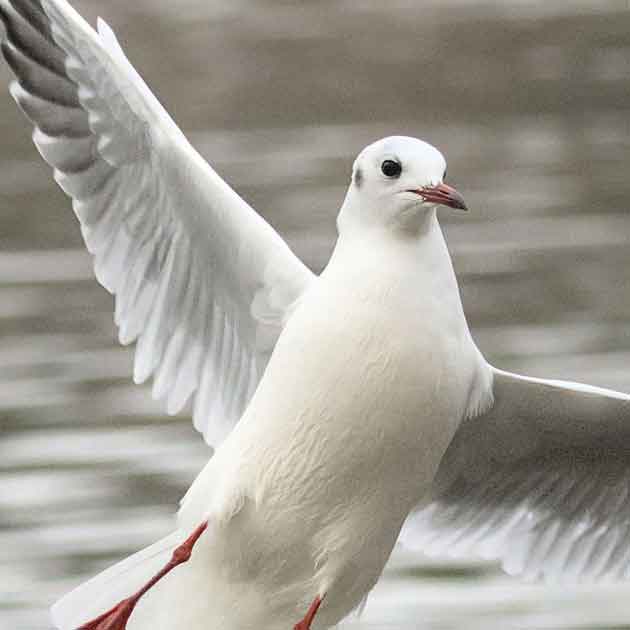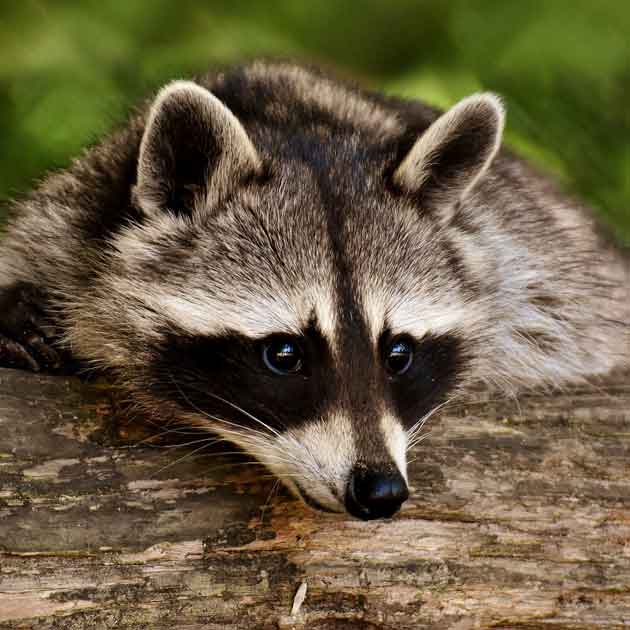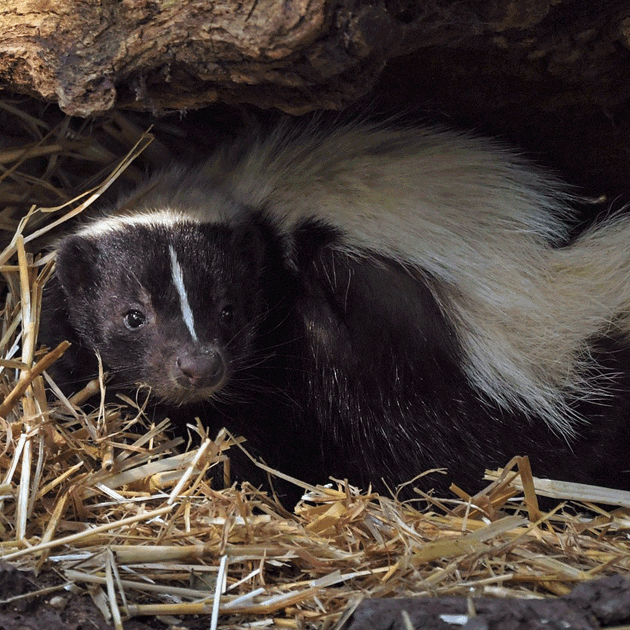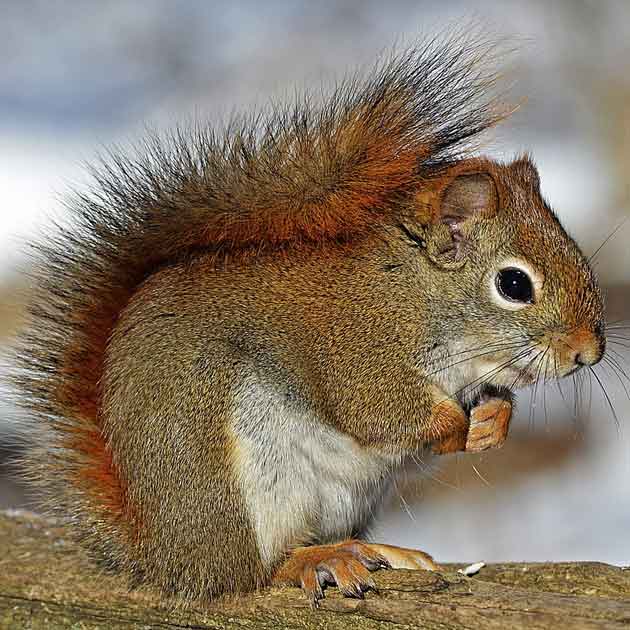Have you ever noticed some particularly noisy, shiny blackbirds around your home or in the park and wondered what they are?
Chances are, you're spotting grackles and starlings. These birds are often mistaken for each other and can be a real headache for homeowners and gardeners. After our work in animal control for over 20 years, here’s how to get rid of grackles and starlings from a professional standpoint, what makes these birds unique, and why they could be causing a fuss in the first place.
What Are Grackles and Starlings?
Are Grackles and Starlings the Same Bird?
Though grackles and starlings might look somewhat similar at first glance, they’re actually different species with their own unique behaviors and traits.
Both birds are commonly found across North America and share the blackbird label, but that's about where their similarities end. There are a few differences between grackle and starling, even though they look and act quite similarly.
Characteristics of Grackles
Grackles are the larger of the two birds. They have an iridescent sheen on their feathers, which can appear almost metallic in the sunlight.
Their bodies are robust, and they sport long tails that fan out impressively during flight. Grackles are known for their loud and varied calls. In urban environments, their vocalizations can be quite loud, especially if they're gathered in large groups. This makes them pretty hard to ignore!
Characteristics of Starlings
Starlings are on the smaller side, with short tails and pointed wings, which make them agile flyers.
They're not just plain black; their feathers are dark with light speckles, especially noticeable during the winter months. One of the most fascinating things about starlings is their ability to mimic sounds.
They can sound like car alarms, or other bird calls entirely. When they gather together, their chattering can fill the air with a cacophony, making them just about as disruptive as grackles.
The Impact of Grackles and Starlings
Grackles and starlings are not just a noisy nuisance; they also have significant impacts on our environment and ecosystems, as well as farming.
Environmental and Ecological Effects
Grackles and starlings are known for their ability to adapt and thrive in various environments. Unfortunately, this trait comes at a cost to local ecosystems.
These birds often compete with native species for crucial resources like food and nesting sites, which can threaten the survival of those native species. They might outcompete smaller birds for seeds or take over areas that other birds would typically use for nesting.
They also hold a significant role in spreading seeds. While this can help in the dispersal of some plants, it can also lead to the spread of invasive plant species that harm the local flora.
When grackles and starlings gather in large flocks, they can cause considerable damage to crops and local agriculture, impacting farmers and food supplies.
Damages to Agricultural Operations
Grackles can have a detrimental effect on agriculture and farming, especially between late summer and late fall. Grackles are prolific consumers of any and all grains, berries, and grapes. Canada’s vineyards see considerable damage, particularly to their late harvest grapes used in Niagara region ice wine.
Legalities in Bird Control & Wildlife Protection
Controlling and learning how to get rid of grackles and starlings populations must be done thoughtfully and legally.
Both species are protected under various local and national wildlife laws, which set guidelines for humane treatment and control methods. These bird regulations ensure that efforts to manage bird populations do not lead to unnecessary harm or suffering.
You should never take action yourself against these birds without knowing these laws back and forth, to ensure that your tactics are both effective, ethical, and legal.
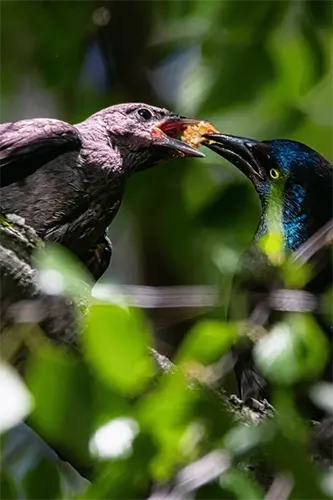 How to Get Rid of Grackles
How to Get Rid of Grackles
Primarily, getting rid of grackles should focus on discouragement and relocation.
Capture Netting™️ & Exclusion
Capture Netting™️ is a method used to physically prevent grackles from entering specific areas. Professionals installing nets or barriers help block access to popular roosting and nesting spots.
This technique is especially effective in large open spaces like farms or orchards where grackles might gather in large numbers.
Waking
Waking involves creating disturbances during the times grackles roost to discourage them from settling in the area. This could mean using lights, sounds, or physical presence to disrupt their sense of safety and comfort.
Repeated waking over time can encourage grackles to find other places to roost, gradually reducing their numbers in the targeted area.
Trapping
Trapping involves capturing the birds and then relocating them to a more suitable environment away from human settlements. This method requires careful planning and implementation to ensure it is done humanely and legally, respecting the birds' welfare and adhering to bird regulations.
Falconry
This method leverages the natural food chain dynamics without causing harm to the grackles, making it an excellent option for humane wildlife control. Falconers can use trained birds of prey to create a predatory presence that scares grackles away.
The sight of a natural predator can make an area far less appealing to grackles, encouraging them to move to safer grounds. In fact, if you want to know how to get rid of grackles and starlings, falconry is a great technique that works for both.
Hawkeye has a Commercial Falconry Permit, allowing for a natural bird control method to relocate grackles and starlings.
How to Get Rid of Starlings
While grackles and starlings share some similarities, the methods used to control their populations can vary.
For starlings, specifically, professionals often use tactics that play on the birds' natural instincts and vulnerabilities. These strategies are designed to humanely discourage starlings from settling in areas where they can cause harm or become a nuisance.
Scare Campaign with Pyrotechnics
In particular cases, we will use pyrotechnics to disrupt the comfortable environment that starlings seek for nesting and roosting. The sudden, loud noises and flashes of light from pyrotechnics mimic the presence of danger, encouraging starlings to flee.
Ledge Protection
Installing spikes or slippery surfaces on ledges makes these areas inaccessible for starlings to land or build nests.
Spikes are effective because they physically block the flat surface birds need to perch on. Slippery surfaces, on the other hand, prevent starlings from maintaining a grip, causing them to slide off.
These can be designed to blend seamlessly with the structure they are protecting, ensuring that they don’t detract from the building's aesthetic. This is particularly important for historical buildings or landmarks where the preservation of visual integrity is as important as structural integrity.
How to Get Rid of Starlings and Grackles: Call in Hawkeye for Humane Grackle & Starling Removal
The Hawkeye team is your go-to for humane and effective bird control strategies. With vast experience in falconry and other natural animal control options, we know how to get rid of grackles and starlings effectively and humanely.
All of our methods comply with wildlife protection laws, and our team is trained in a variety of methods to help multiple grackle and starling problems.
Don’t wait – if you’re facing issues with grackles or starlings, contact Hawkeye today to get a consultation and learn more about our removal strat


